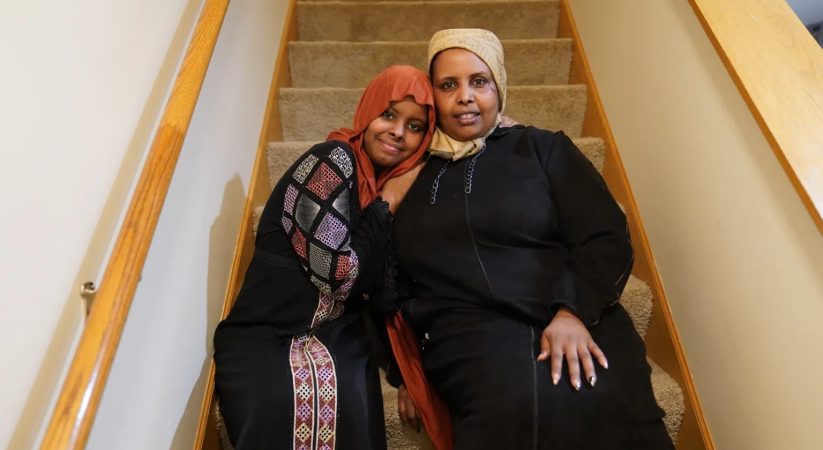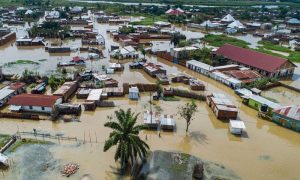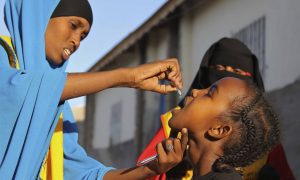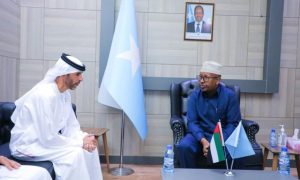
As the U.S.-born Somali population grows, parents worry that English-speaking children are disconnected from community, heritage.
Salom Abdulle is worried her 13-year-old daughter will not speak the Somali language, potentially straining her family relationships.
“I don’t have any problem understanding my daughter, but my parents do,” she said.
When the family went to Somalia for vacation in June 2022, the only form of communication between Salom’s parents and her daughter was body language, including hugs, kisses, back rubs and holding her in their laps.
“My daughter does not speak the language as well as I would like to, because I’m a working mother and I only see her for a few hours in the evenings and morning. Most evenings, she is either doing homework or watching TV,” Salom said.
She said her biggest worry is the less herdaughterknows the language, the more disconnected she will be from the rest of the family and community.
More than 86,000 people of Somali descent live in Minnesota, according to an estimate by Minnesota Compass based on U.S. Census data. The survey found that after Spanish, Somali is the second most common non-English language spoken at home in Minnesota.
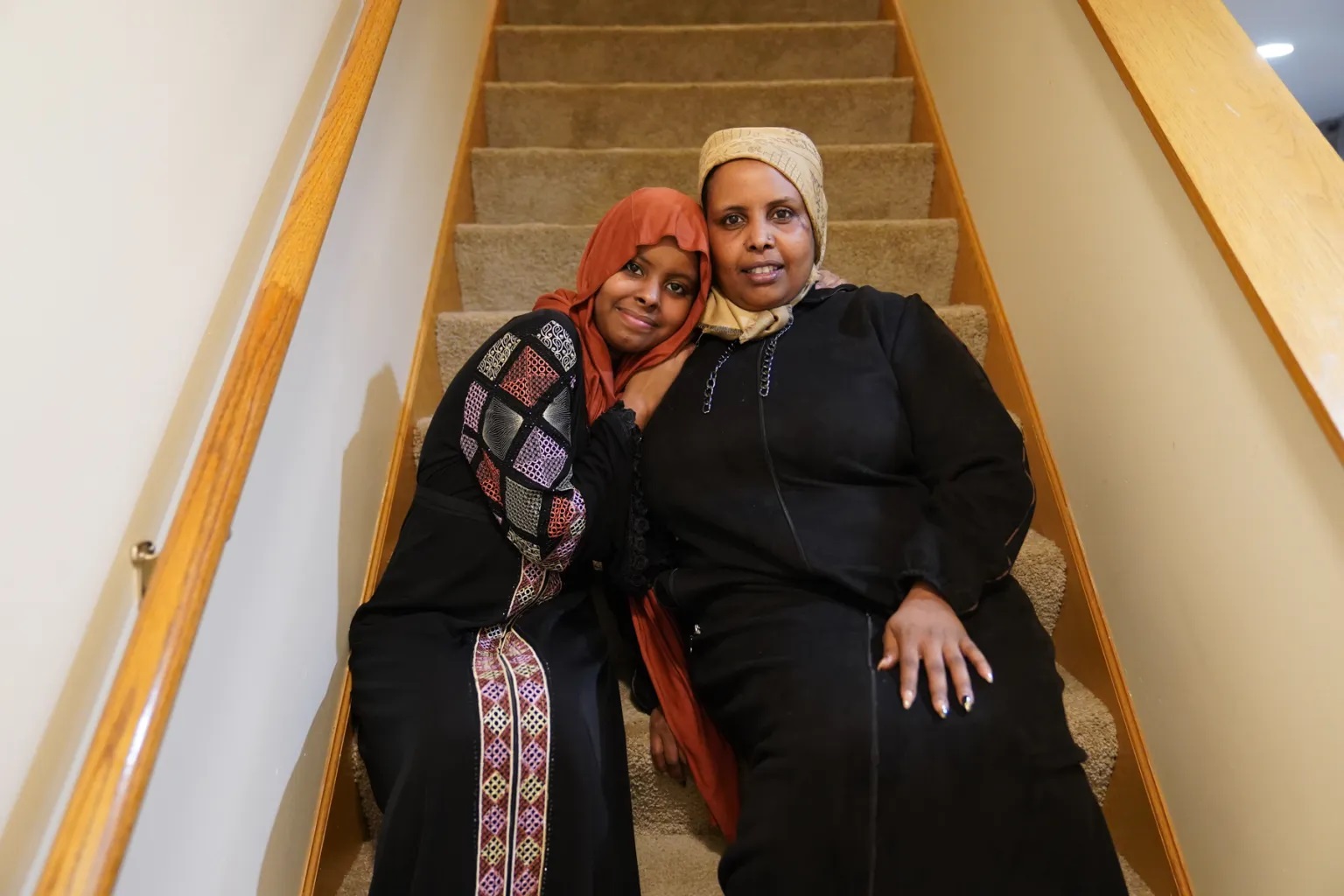
But three decades after Somalis began emigrating to the U.S. in large numbers, many parents worry that their U.S.-born children are losing a connection to the language. That has led to a growing number of programs, including in the Minneapolis Public Schools, the St. Cloud schools and at the University of Minnesota to teach the language.
Last fall, the St. Paul Public Schools launched its East African Elementary Magnet School, which supports students in seven languages, to reverse a slide in families leaving for charter schools where most students spoke Somali. The K-5 school now has more than 200 students.
“As a person who comes from a strong cultural background, one of my biggest fears for my family and in the Somali community as a whole, is losing our language, traditions and culture,” Salom said.
Receptive bilinguals
Irina Zaykovskaya, an instructor at the University of Minnesota who specializes in second language acquisition, said the shift to English by some Somali youth does not mean they have lost their home language entirely.
Historically, multilingual children are pushed to learn English by the U.S. school system, so they can do well in school and prepare for career opportunities. As a result, their native language declines, Zaykovskaya said.
“Peer pressure is also another factor, where youth feel the need to fit in and, as a result, they focus on using more English in order to be part of the mainstream culture,” she said.
Sana Mohammed, a junior in computer science and a Somali language student at the University of Minnesota, said she was born and raised in Minnesota, and she can only understand some Somali words but struggles to fully understand, speak, read and write.
“One of the biggest struggles that I have is talking to my grandparents and other non-English-speaking people in our community,” she said.
She said her parents took her to Somalia for a vacation, and she found herself among an entire population who did not speak a word of English.
“The relatives that I met were very nice and conversational, but I felt there was a huge language barrier, and it was pretty isolating,” she said.
She said she often depended on her parents to help interpret for her.
Children of many immigrant communities are known as receptive bilinguals, meaning they can understand their native language but are not able to speak it, Zaykovskaya said.
She said from a linguistic perspective, receptive bilingualism cannot be characterized as a loss of language.
“Some multilingual people develop a system called ethnolect, which is a mix of their native language and the languages they are learning,” Zaykovskaya said.
She said many immigrant children go back to learn their native language as an adult.
Muna Yusuf, 43, said her family moved from Somalia to Germany when she was 7 and the only language she knew when she moved to Germany was Somali. But after a few years, she completely lost the Somali language, replacing it with fluent German.
When she moved to the United States at 17, she learned English for the first time and replaced German with English.
Muna said she relearned the Somali language as an adult and now speaks it fluently.
“I’m a mother now, and my children don’t speak the Somali language, but I hope someday they will learn their heritage language,” she said.
“I hope they are learning their heritage language,” said Muna, who is raising her seven children in Brooklyn Park.
Language programs grow
When the Minneapolis Public Schools launched its Somali Heritage Language program in 2021, about 4,000 of its students identified as Somali.
Deqa Muhidin is a children’s book author and one of the founders of the MPS program. As a former classroom teacher, she saw firsthand how Somali children struggled to retain their native language.
There is a huge language barrier between most Somali parents and their children, she said.
She presented the idea of creating the program to her boss Muhidin Warfa, who is executive director of multilingual and magnet programs for the district.
He accepted her idea of incorporating the Somali language into the school’s curriculum. Since then, Somali has been approved in grades K-12, Deqa said.
“Finding qualified teachers was challenging at first,” she said. “However, we were fortunate enough to find enough teachers to start the program.”
The Somali Heritage Language Program launched with about 70 kindergarten and first-grade students, Deqa said. In its second year, the program added second- and third-graders, and now has about 162 students.
The goal is to add an additional grade per year going forward, she said.
A complex history
Sa’ad Roble, a senior imam in many mosques in the Twin Cities, was one of the first people who taught the written Somali language when it was first approved by the Somali government and the academic community in 1972.
He said Somali was the firstofficial spoken language across Somalia. But when it comes to writing, each region of Somalia used the language of its colonizer, a mix of French, Italian and British English.
“I’m fortunate enough to know many languages, but I still remember the time when the only Somali language we knew was the words we spoke, and it’s painful to watch those words slipping away from our children,” he said.
Some community members also worry that losing the language means losing a connection to Islamic spiritual practices.
Mohamet Ali, the executive director of Abubakar As-Sadique Islamic Center, said the mosque offers a prayer space, Quranic lessons, interpretations for Quranic verses and Friday sermons, which go out both in English and Somali.
“Even though we make it easier for the youth to understand the Somali language and the Quranic verses by providing interpretations, we also heavily encourage them to pay close attention to their language and cultural heritage,” he said.
“Because 80% of Somali culture is based on the Islamic religion, so sticking to the culture and the language will reinforce the knowledge of the religion.”
Salom Abdulle says she makes an extra effort to speak Somali with her daughter at home.
“I always speak Somali with my daughter, but because she spends most of her waking hours with English-speaking people, it’s harder for her to speak or retain the Somali that I spoke with her at home,” Salom said.
“We love and welcome American culture, but we also want to make sure we don’t lose what we had,” she said.
.
Sources: Sahan Journal
.
_____________________________________________________________________________________Xafiiska Wararka Qaranimo Online | Mogadishu, Somalia
_____________________________________________________________________________________Advertisement
_____________________________________________________________________________________


